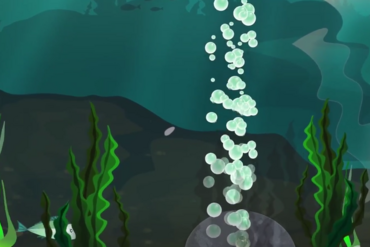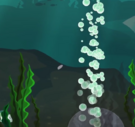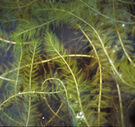This blog discusses pond issues and solutions for Homeowner Associations.
read more
Aeration Systems and the Benefits of Bottom UP Aeration vs Surface Aeration, Fountain Aeration or Bubblers Aeration is the process of adding oxygen to water. This is a key component in the success of keeping ponds healthy and clean. Oxygen supply levels are also core to rapidly and effectively rehabilitating and restoring bodies of water back to their natural eco-state. A healthy body of water…
read more
When it comes to aeration there are three different kinds of energy sources being used; wind, solar, and electric. Depending on your location and climate either source may work better for your pond water. But if faced with the decision between wind and solar, which one is the better choice?
read more
Aeration is the process of adding oxygen to water. It is key to having a healthy pond. Especially if you have fish.
read more
Dugouts provide water for a wide variety of farm uses, including domestic supplies, livestock watering, crop spraying and more. Aeration is generally accepted as an inexpensive way to improve dugout water quality. This article debunks some of the most common myths about dugout aeration.
read more
Engineered with Decades of Field Experience Providing Customers with Proven Quality and Reliability.
read more
Follow this detailed guide through the seasons to see what a difference aeration makes throughout the year.
read moreThis blog discusses pond issues and solutions for Homeowner Associations.

This blog discusses the history of koi, tips and care suggestions, and how to keep a koi pond clean and clear.

Aeration Systems and the Benefits of Bottom UP Aeration…
A quick look at how Nature's Pond Conditioner works for your pond!

What is an Ecosystem? “An ecosystem is a geographic…